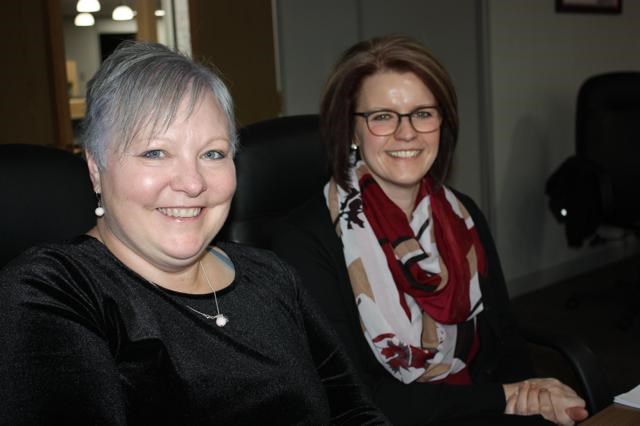By Norm Park, SE Cornerstone
It is often the case of just doing a little bit extra that will boost a youngster from a world of failure into an environment of success on the educational front. To that end, Cheryl Anderson and Tracey Kiliwnik, coordinators of student services and learning supports respectively, provided Southeast Cornerstone Public School Division board members with information that suggested this was happening in southeast Saskatchewan’s public school system.
With teams of educational psychologists, speech language pathologists, occupational therapists, student counsellors and other consultants and programs such as literacy intervention and wide-ranging methods for diagnosis, young students are able to receive a huge leg up when it comes to advancing their educational experiences.
Kiliwnik noted there are 184 identified intensive needs students pre-kindergarten through Grade 12 this academic year. Anderson added that important partnerships have been forged with other agencies to not only gather information but also to provide different programs.
Student profiles are built to discover the youngster’s weaknesses and strengths and the school support systems make use of both divisional and outside agencies to achieve targets. “By doing these assessments we can find gaps or missing pieces and sometimes it’s just a matter of that student not having been tested for hearing or vision challenges. Intensive needs students across the division now number 184,” said Anderson, adding there are 67 in the Tier 2 category who require overseer supports.
“We also have 40 students with complex medical problems and others with complex behavioural issues,” said Kiliwnik. Autism has been diagnosed in 43 students and another 13 have bipolar or depressive issues and they receive assistance from the school division’s support team.c
The two even noted that English as an Additional Language students, who number 574 this school year (including pre-kindergarten and kindergarten) within a student population of about 8,300, require special attention. They noted how classroom educators are now even better prepared to deal with EAL students and have lessened the load on the EAL consultants as a result.
By having the families getting involved in the practices and programs, the intervention process works even more smoothly, they suggested.
The partnerships include professionals in the mental and social services sectors as well as justice, medical and settlement consultants.
The two coordinators outlined on screen how they developed student success profiles, labelling it as an evergreen document that reflects a student’s needs. It is a collaborative form that leads and supports conversations throughout the student’s journey through the educational system with evidence-based documentation.
The two coordinators also led the board members through the Review 360 program. This is viewed as a solution to help staff reduce such issues as student suspensions, reduce bullying, and generally improve behaviours to improve the school climate. The program gives teachers information on implementing support systems, best practices for approaching common behavioural issues, and giving them the ability to track and monitor inclusion rates, among other things.
“The foundation of Review 360 includes five steps: track, aggregate, analyze, intervene and communicate interventions,” Anderson said.
New to the southeast region this year are two Settlement Workers in Schools. These SWIS workers work with both SECPSD and Holy Family Roman Catholic Separate School Division to support new EAL families in the area.
The two also touched on the Jordan’s Principle plan that has come into use just recently for students aged six through 17. The program offers support for families to get transportation to medical appointments, to find secure childcare, find family-driven solutions by encouraging them to connect with qualified service providers for physical, mental, spiritual and cultural issues and to assist families through difficult times. The current caseload regarding Jordan’s Principle applications within the First Nations communities now numbers 14 youngsters.
The variety of student services found within this structure was to be welcomed and admired, said board chairwoman Audrey Trombley.




